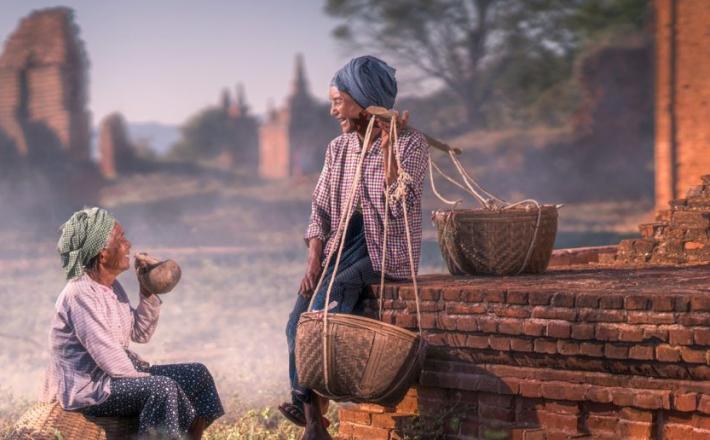Increasing female leaders in Myanmar
Source: Borgen Magazine
Across the world, people are making efforts to increase the number of women in government in order to reduce gender disparities and help ensure that the voices and concerns of women are heard. UNDP has been working in Myanmar since 2016 after a 2015 report revealed that only 0.25 percent of local administrators were female. The UNDP is attempting to support the current female leaders in Myanmar as well figure out how to get more women across the nation involved in local government.
Myanmar splits rural areas into village tracts and cities into wards. Each village tract and ward has an administrator, with a total of 16,785 such leaders across the country. Since 2012, household representatives have elected these administrators rather than having government officials choose them. This is part of Myanmar’s process of connecting people to the government. Currently, there are only 101 elected female ward administrators among these districts.
Trends in Female Leadership
For women who want to become more involved in government, beginning at a local level is an essential step. This work enables them to get enough leadership experience that they can later obtain higher-level office. UNDP’s research on the female village tract and ward administrators (VT/WAs) revealed that elected female leaders often have an education and are middle to upper-class members. Many have even obtained a graduate degree. A lot of them also had a father or male family member who was previously a VT/WA, which perhaps was their inspiration for pursuing a role as a ward administrator.
Click here to read the full article published by Borgen Magazine on 28 August 2019.

Across the world, people are making efforts to increase the number of women in government in order to reduce gender disparities and help ensure that the voices and concerns of women are heard. UNDP has been working in Myanmar since 2016 after a 2015 report revealed that only 0.25 percent of local administrators were female. The UNDP is attempting to support the current female leaders in Myanmar as well figure out how to get more women across the nation involved in local government.
Myanmar splits rural areas into village tracts and cities into wards. Each village tract and ward has an administrator, with a total of 16,785 such leaders across the country. Since 2012, household representatives have elected these administrators rather than having government officials choose them. This is part of Myanmar’s process of connecting people to the government. Currently, there are only 101 elected female ward administrators among these districts.
Trends in Female Leadership
For women who want to become more involved in government, beginning at a local level is an essential step. This work enables them to get enough leadership experience that they can later obtain higher-level office. UNDP’s research on the female village tract and ward administrators (VT/WAs) revealed that elected female leaders often have an education and are middle to upper-class members. Many have even obtained a graduate degree. A lot of them also had a father or male family member who was previously a VT/WA, which perhaps was their inspiration for pursuing a role as a ward administrator.
Click here to read the full article published by Borgen Magazine on 28 August 2019.